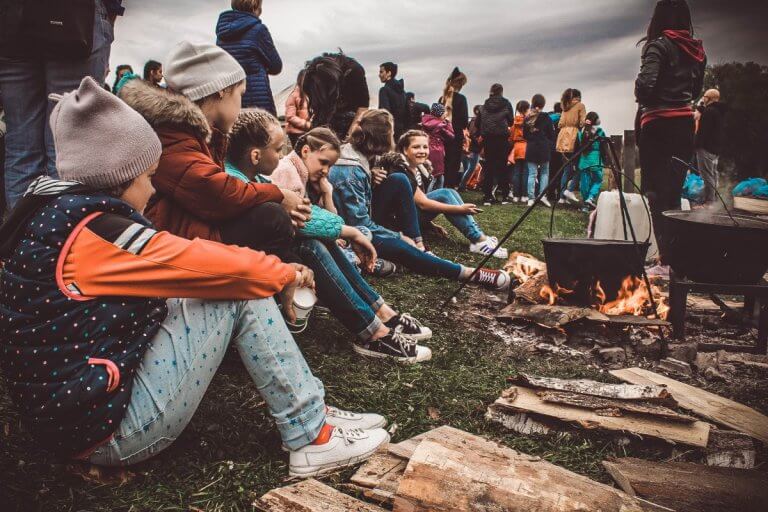
Based on the belief that students know best when it comes to their study choices, democratic education grants them the power to make decisions about their learning.
It is undoubtedly a unique study style as children are taught to solve conflicts together and are encouraged to become responsible and self-determined individuals.
In Suffolk, England, the first ever democratic school still exists. Known as Summerhill School, it was founded in 1921 by Scottish writer A. S Neill.
The school acts as a community where children are free from adult authority and a platform for them to grow both personally and professionally at their own speed.
“The freedom to attend formal lessons or not at the school is a central feature of the school’s philosophy. Children have the opportunity for unlimited play, which we believe is good for both their physical and mental health. Children are allowed to fill their time with freely chosen actions.
“This allows them to develop at their own pace, enjoy what they do and achieve the results they want to achieve. Individual responsibility in learning means that children can continue to work and use spaces whether or not an adult is present,” Summerhill notes.
Imagine a school where students decide if they want to go to class or not. That’s what happens at Summerhill school in the UK. @wallacelchapman speaks to it’s principal, Zoe Readhead just after 10:00am. pic.twitter.com/4ontTEdJZV
— Sunday Morning (@RNZSunday) March 10, 2018
A school with no set lesson times and a schedule filled with freedom sounds like an exciting and surreal experience for any young learner.
But what are some of the potential drawbacks to a democratic education?
Lost direction
Without a strict academic structure in place, some learners may feel a lack of direction.
By leaving it up to students to decide what they learn, they may end up neglecting the essential lessons or subjects they need for a future degree or employment in a particular area.
After leaving democratic education, they may struggle to settle into the typical employment structure which is less flexible, and where tasks are laid out for employees who are expected to fulfil a certain role.
School committees clash
At democratic schools, committees consisting of children, staff and parents typically make decisions.
From running the events, overseeing school finances, trip-planning and hiring of new teachers, everyone gets a say in the school’s direction.
While this instils and enhances’ childrens leadership and communication skills, it may also raise conflict between children and adults.
Without an amplified sense of authority, learners may enter the real-world without understanding the different norms and values.
For example, in cultures where elders rule and make up the majority of a committee, there could be an impending clash.
The outside world may not meet inside expectations
Democratic schools allow students a great deal of autonomy where they can shape and mould their lessons to their desire and create roles for themselves that may not exist in the outside world.
However, the problem lies when the real-world doesn’t always operate this way, making it challenging for students to find the same type of creative liberation elsewhere upon graduating.
Therefore, those that have grown up in a democratic school may want to consider carving out a professional career where they have the autonomy to flex their creative muscles if they are unwilling to adapt to traditional careers that are often bounded by rules and hierarchy.
A creative education can give children the tools to change their own stories. For their future. Donate today: https://t.co/ixDJslmwBJ #changethestory #edu #earlyed #eduleaders pic.twitter.com/k4r2aWPJL6
— Skateistan (@Skateistan) May 25, 2019
Liked this? Then you’ll love…
Can Battle of the Books instil a love of reading among K12 students?
The robots are coming: Here’s how AI is being used in the K12 classroom







